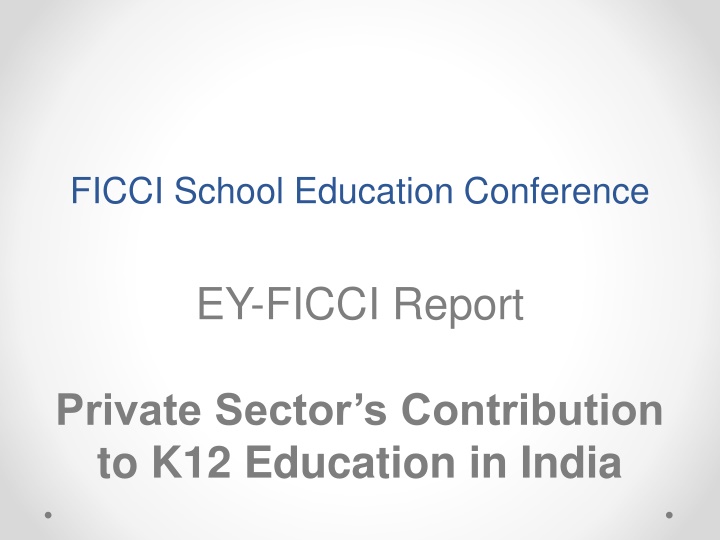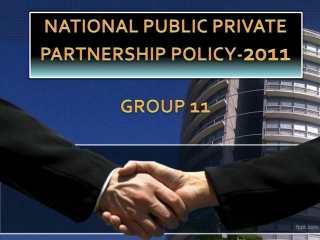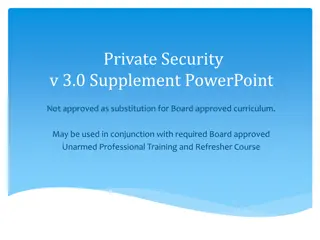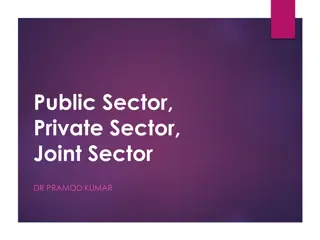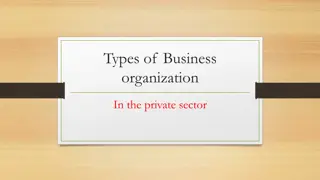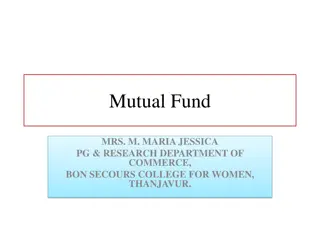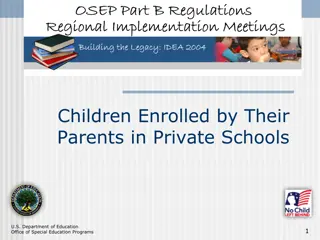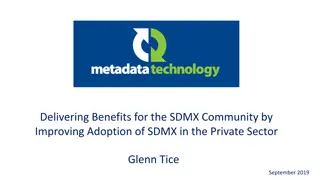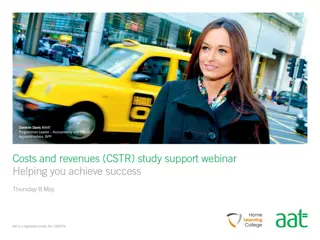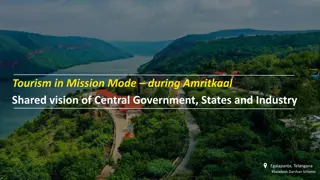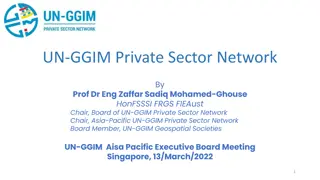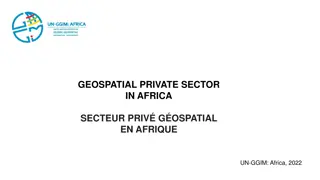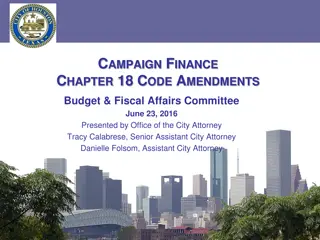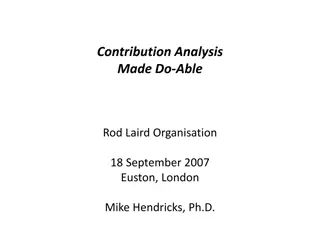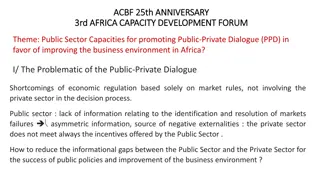Private Sector's Contribution to K-12 Education in India
The private sector is playing a significant role in the Indian K-12 education system, addressing challenges of access and quality. With increasing enrollment in private schools and declining government school enrollment, a projected 130,000 more private schools will be needed to meet future demands based on current trends.
Download Presentation

Please find below an Image/Link to download the presentation.
The content on the website is provided AS IS for your information and personal use only. It may not be sold, licensed, or shared on other websites without obtaining consent from the author.If you encounter any issues during the download, it is possible that the publisher has removed the file from their server.
You are allowed to download the files provided on this website for personal or commercial use, subject to the condition that they are used lawfully. All files are the property of their respective owners.
The content on the website is provided AS IS for your information and personal use only. It may not be sold, licensed, or shared on other websites without obtaining consent from the author.
E N D
Presentation Transcript
FICCI School Education Conference EY-FICCI Report Private Sector s Contribution to K12 Education in India
India has the largest K-12 system in the world Number of K-12 schools 2011-12* ( 000) K-12 enrolment and GER across countries 2011- 12* (million) 1,465 253 55 133 8 33 India US UK India US UK
However, it serves from key challenges in terms of access and quality Enrolment / GER across levels All-India (Rural): reading level of children in different grades (%) Grade . Nothing Letter Word Level 1 (Grade 1 text) Level 2 (Grade 2 text) 137 119 81 1 43.4 37.6 12.0 3.8 3.3 63 2 20.3 35.9 22.8 10.9 10.1 62 36 31 3 11.9 26.2 23.2 17.2 21.4 18 4 7.0 17.6 19.9 20.9 34.7 Primary Upper Primary Secondary Senior Secondary 5 4.6 12.0 15.3 21.4 46.8 Enrolment (mn) GER (%)
The private sector constitutes a key part of the Indian K12 system Number of students enrolled in private schools (million) Number of private schools ('000) 99.8 339 28.2 5.16 1.2 0.5 India US UK India US UK Evidence of increasing enrolment in private schools in rural India- from 18.7% in 2006 to 25.6% in 2011 and declining enrolment in government schools
And the sector has played a significant role in terms of both access .. % enrolment all India K-12 schools in 2011: by level and management 80% 70% 60% 50% 40% 30% 20% 10% 0% Grades 1-5 Grades 6-8 % Enrolment in All Government Management schools Grades 1-8 Grades 9-10 Grades 11-12 Grades 9-12 % Enrolment in Private Management schools
and quality Comparison between MCGM and private school SSC Results (Pass %) 100% 80% 60% 40% 20% 0% Jan-09 Jan-10 Jan-11 Jan-12 MCGM School Private School Schools securing 100 % pass: by management (Andhra) Government Private 1,856 1,709 724 706 2010 2011
Going forward 130,000 private schools would be required over the next 8-10 years Current state 2022 state Total projected enrolment Total current enrolment 373 million students 253 million students GER overall: 95% GER overall: ~69.3% (projected)* Total number of private schools required to meet the requirements**: ~ 130,000 (Assuming current GER trends and shift to private schools trend)
However, the private sector is facing some severe challenges Inadequate compensation by Govt. for 25% EWS: Schools facing closure Inflexible input based norms: Complex regulatory framework FINANCIAL High capital cost Inability to access equity funding High upfront cost in the initial years
Recommendations to encourage private sector growth 1. Reduce input based norms move to outcomes based system 2. Allow schools on short term leases/ rental model 3. Allow hub and spoke model where neighbourhood schools are covered in main school s ambit 4. Pooling of government and private resources 5. Reduce land area requirements/ provide flexibility in land ownership 6. Allow companies to set up schools across states
Recommendations to encourage private sector growth 7. Allow private schools flexibility on salaries in initial years 8. Provide single window clearance 9. Flexible norms for eligibility of private players 10. Limit regulation of fees 11. Greater independence in admission policies 12. Clarity on utilizing surpluses for new school set-up
DISCUSSION TOPICS 01. Relevance of private schools in Indian context; their contribution to K-12 schooling in terms of: Introducing modern pedagogy Introducing new areas of study ICT Innovations Professional Development o o o o 02. Bottlenecks in growth of K-12 Private Schools Availability of land, specially in urban areas Battery of Permissions required Increasing interference of government driven by populist political motives Fee control regulations in various states Restrictions on making reasonable returns on investment o o o o o 03. Participation of Private Schools in Nation Building Engagement with state schools and assisting them raise their standards
